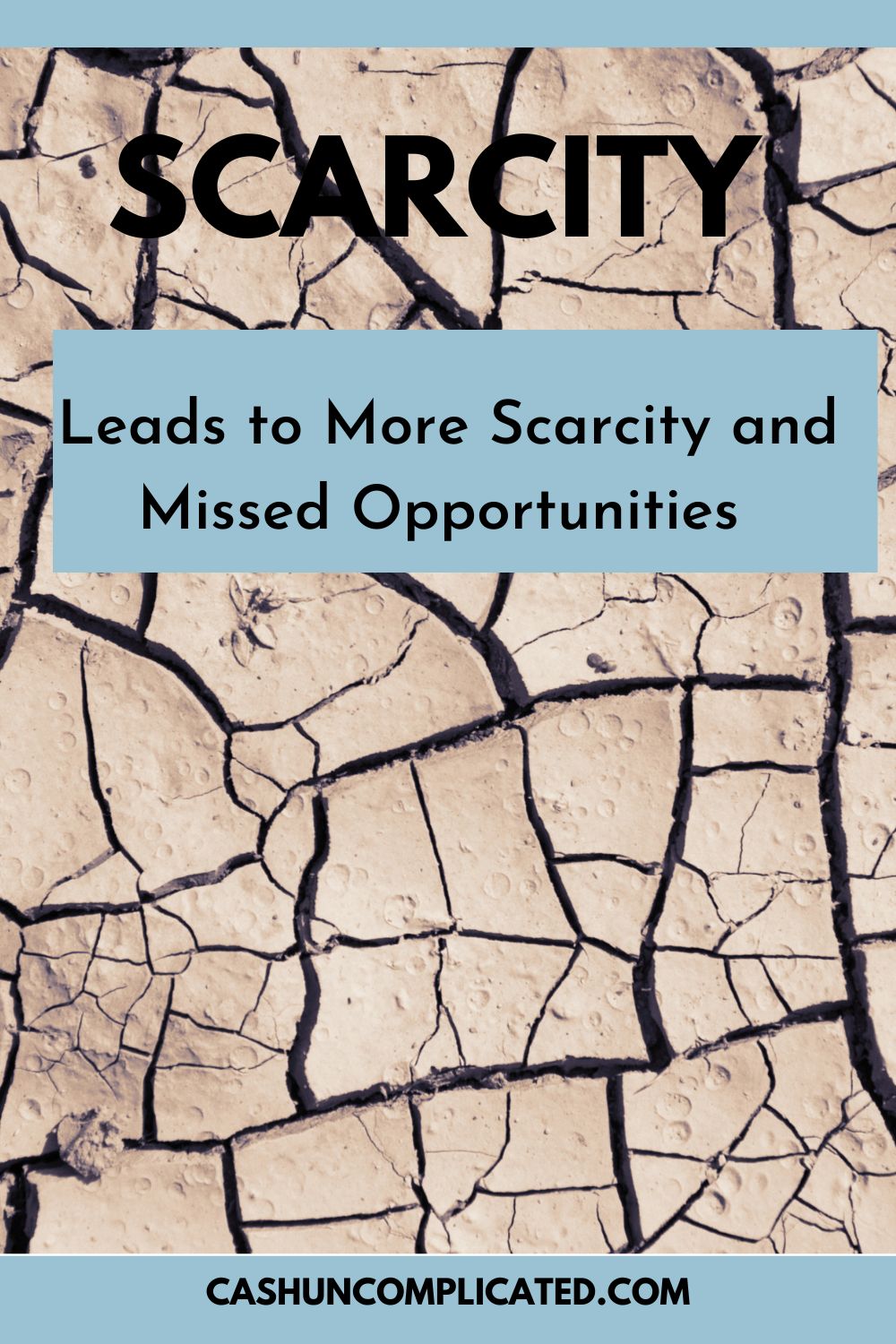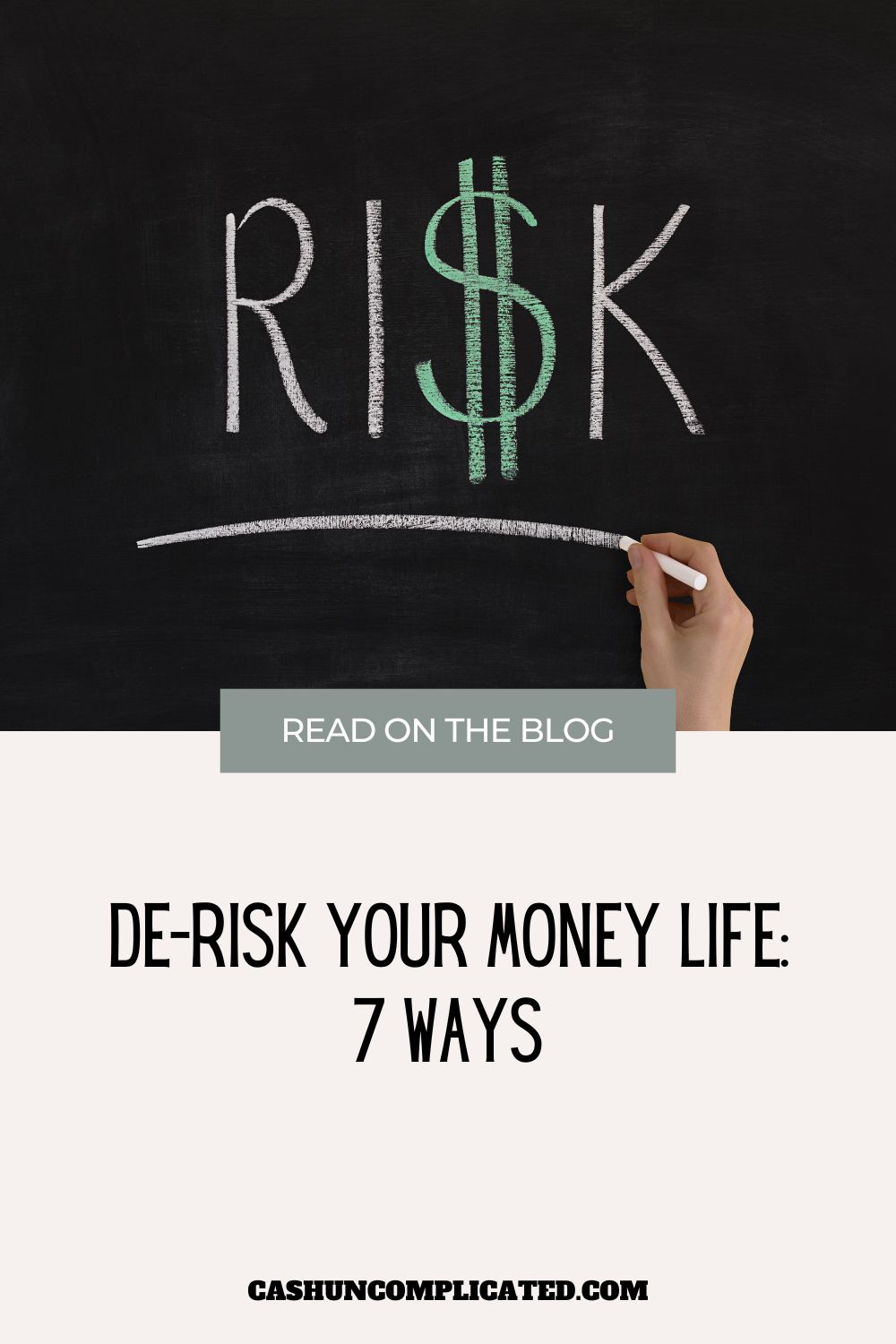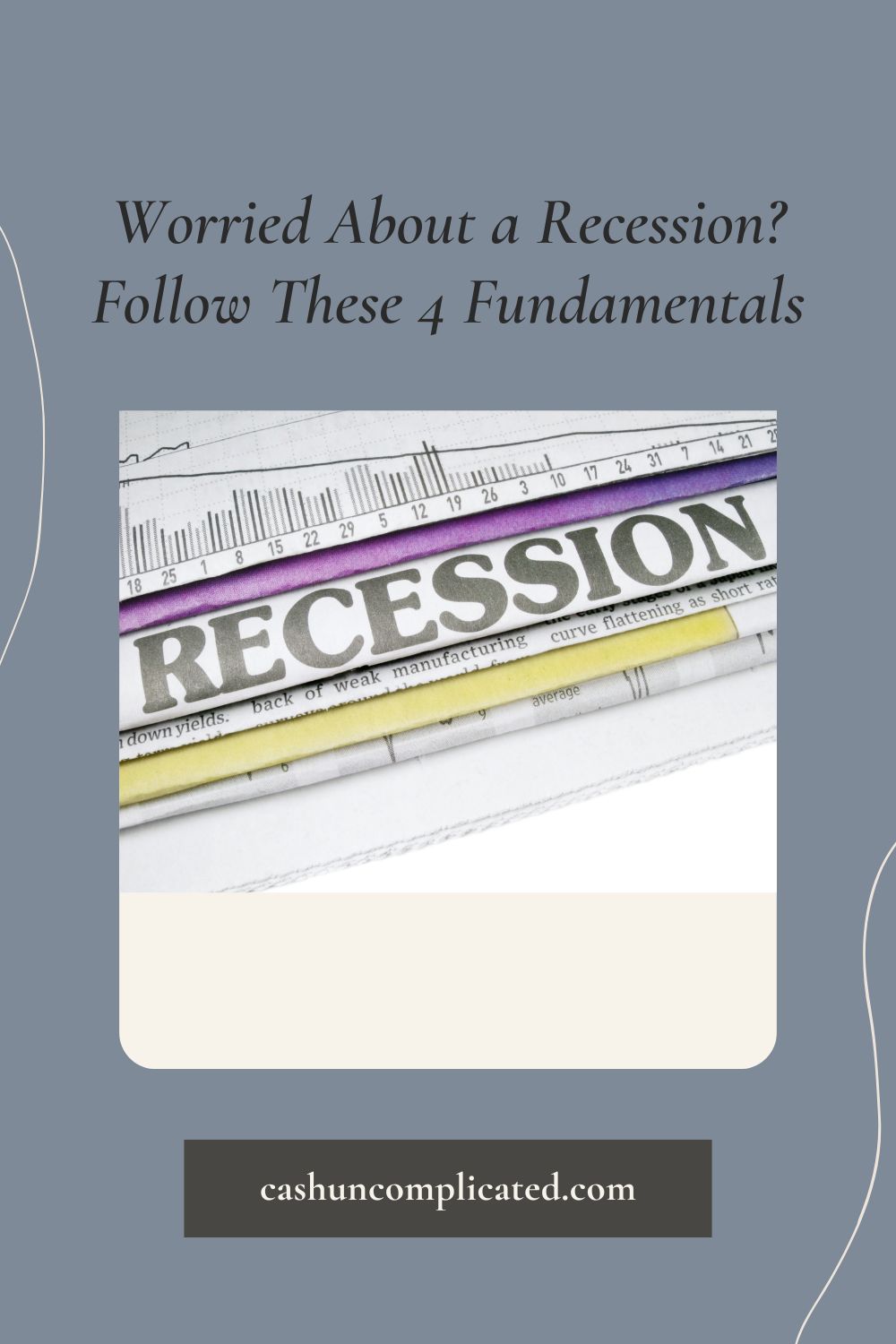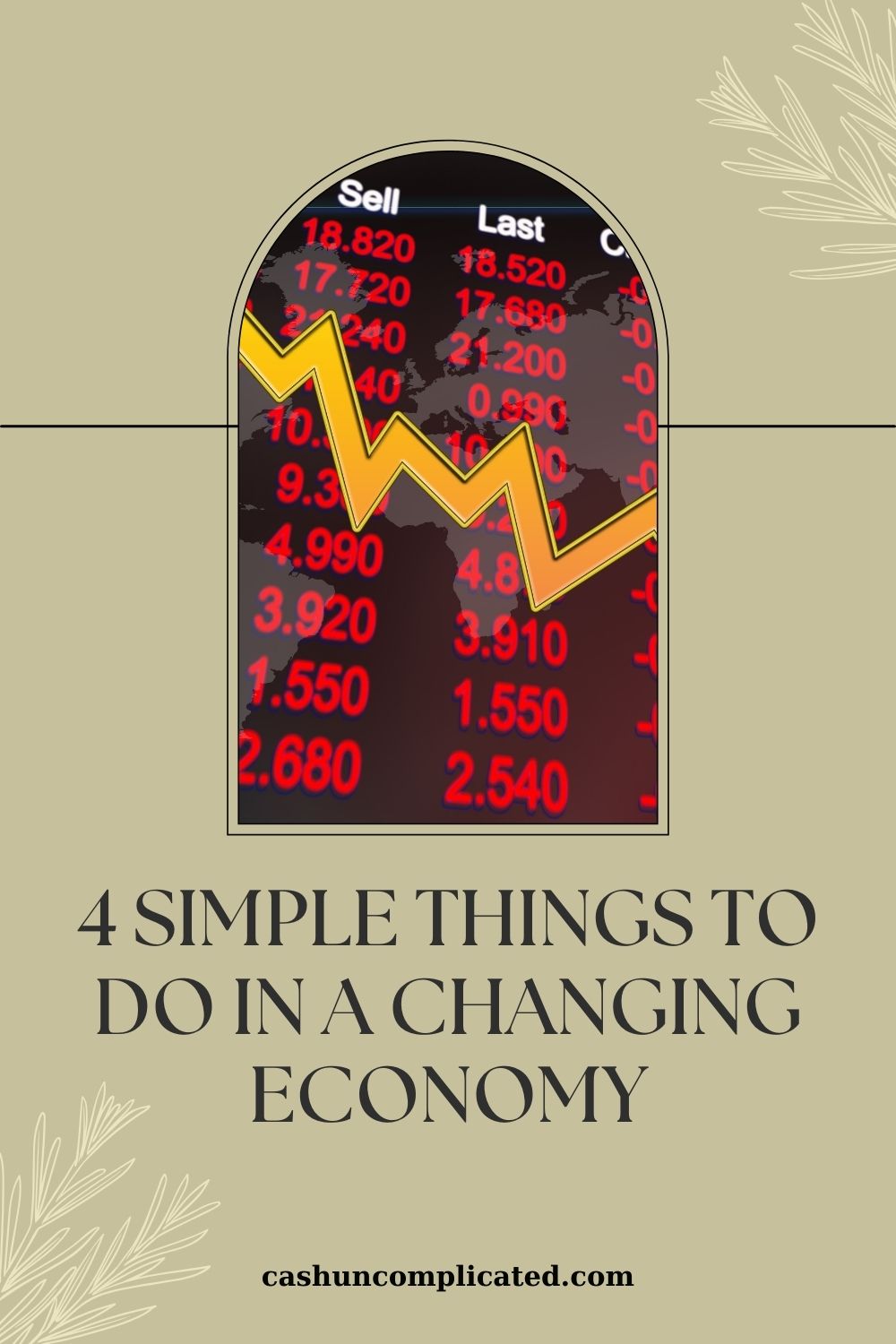Scarcity exists everywhere–with time, money, ideas, a general mindset about life, and a plethora of other things. The premise of this post is that scarcity leads to more scarcity, and eventually missed opportunities.
Scarcity is a failing mindset and should be avoided as much as possible.
What is Scarcity?
Scarcity is the feeling of not having enough. This can be money, time, abilities, etc. It’s a feeling of doubt and running out of a good thing.
Scarcity vs Abundance
The abundance mindset is talked about a lot. Abundance is the belief that you have enough, and will continue to have enough. Furthermore, there are more good things to come. Versus the scarcity mindset that is the feeling that there is not enough.
In the financial world, the abundance mindset is the belief that you will have enough money and have the ability to make more money. For example, if someone with the abundance mindset spends part of their travel savings for an awesome trip, they believe that they will be able to earn the money to take another great trip in the very near future.
Scarcity Leads to More Scarcity
My premise is that scarcity leads to more scarcity. It creates a dangerous cycle of an endless scarcity mindset that continues to create more scarcity. Here are some key examples.
Number 1: Not Taking a Calculated Risk
It’s really hard for someone with a scarcity mindset to take a calculated risk. I understand not wanting to take a big risk with a large potential of failure, but calculated risks are a different story.
If there’s a high chance of the calculated risk succeeding and the person is in a good position in life, not taking that risk is a mistake. Let’s use an example with a fictional character named Jim.
Jim has done great in his career so far. As a result of his high-level work, he’s offered a new opportunity. Everyone in the company thinks Jim would be great in this new role. This role also comes with the risk that if Jim doesn’t perform, he’ll be let go.
In Jim’s current role, there’s very minimal risk of him getting laid off. Jim decides that he’d rather not “risk it” and stays in his old role while someone with less skill than him gets the new role.
Jim had a great opportunity here but was held back by his scarcity mindset.
Number 2: Perennially Poor Minded
A scarcity mindset runs the risk of leaving you with a perennially poor mindset. Mindset has been a buzz word for years and years and there’s a good reason for it.
Mindset is hugely important. As Henry Ford said, “Whether you think you can or think you can’t, you’re right.” A scarcity mindset is the “can’t” part of his quote.
There are times in life where we all are going to have fear or not wanting to take risks–that’s ok. There are times to take risks and times to be more careful. That’s much different from a scarcity mindset, which is a more permanent state of mind.
Number 3: Bad Habits
Bad habits form when you have a scarcity mindset. If you’re always thinking there’s not enough or play too much defense, bad habits start to form. Those habits might even seem good at the time because they feel safe.
Here are some examples to illustrate the point:
- You’re presented with an opportunity to invest in a deal that is very likely to earn 10-15 percent per year. You pass it up because the savings account “feels safer.”
- Instead of investing in low cost index funds, you keep all your money in a savings account because the market may fluctuate.
- Not buying a house when you can easily afford it (and want to). Then the market goes up by 30 percent over the next few years, making owning a house much more difficult.
In all three of these examples, the “safe bet” seemed like the safe choice. But those choices became habits and the habits led to many missed opportunities that would have made life much easier.
Related: Friction and Money: How to Make It Your Unfair Advantage
Number 4: Missed Learning Opportunities
Pushing yourself past your comfort zone leads to different results. In many cases, it leads to massively successful results followed by more growth. In other cases, it leads to failure, or perceived failure.
The thing is, failure is feedback and a learning opportunity. If you try out an idea that doesn’t work, you are going to learn why and have some ideas of how you can make your next idea work better. This feedback is very valuable because it helps you grow and get better.
Those with a scarcity mindset are unlikely to try new ideas. That leads to missed learning opportunities and the chance to get feedback, both positive and negative.
Number 5: Negative Outlook
Those with an abundance mindset normally have a more positive outlook on life. They’re willing to try new things, fail, succeed, fail, then succeed again. Usually there’s a lot more prosperity than failure and the wins are often bigger than the losses.
Someone with the scarcity mindset isn’t getting to experience this feedback loop. As a result, they are going to see others in the world passing them by and be left wondering why.
That “wondering” frequently leads to a negative outlook about life.
- Why is this person succeeding when I’m not?
- How come I go to work everyday like Jim but he seems to enjoy his work more?
- Is there a reason that I’m just as smart as Nancy but she’s in better shape, has more time freedom, and makes more?
The truth is that the person with the scarcity mindset is just as smart as the next person. They just haven’t applied themselves to their fullest potential, much of it due to their mindset.
Conclusion
I’ve lived life with both an abundance and scarcity mindset. I can tell you first hand that an abundance mindset is a much more powerful and better way to live.
There are going to be failures whether you have an abundance or scarcity mindset. They are just going to be different kinds of failures. What I can say for sure is that an abundance mindset will also give you the chance at the big wins.








